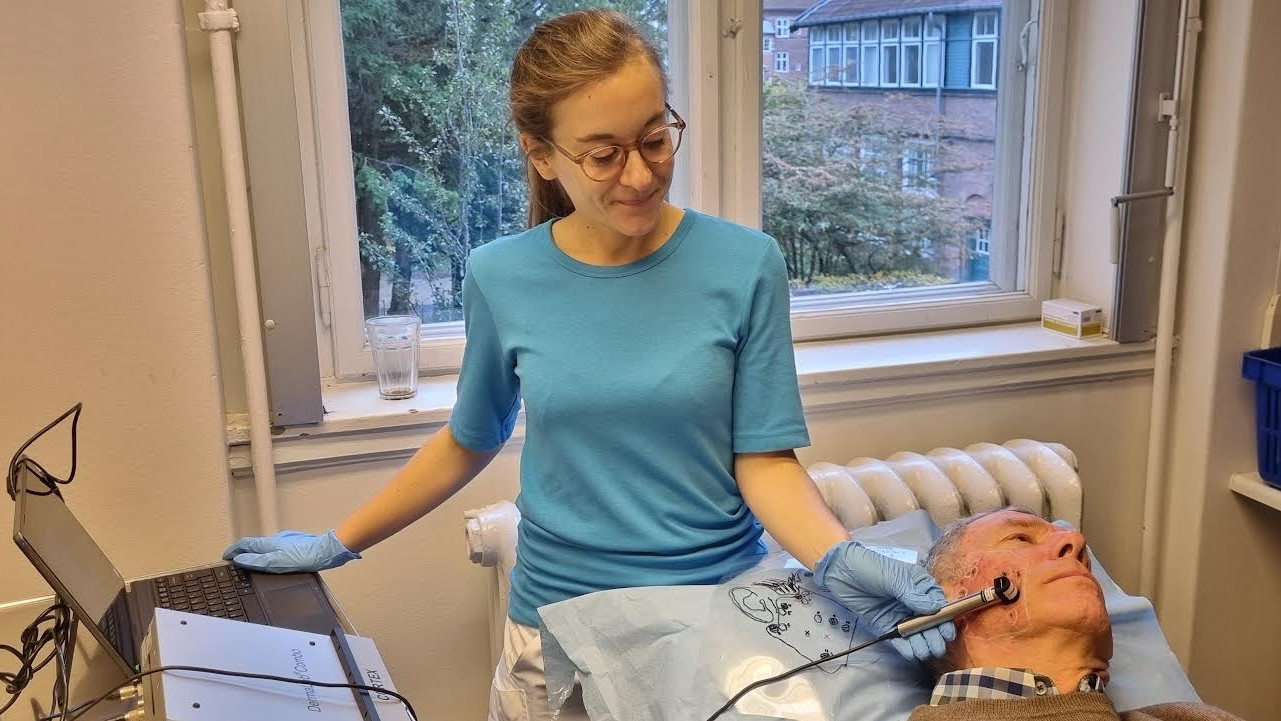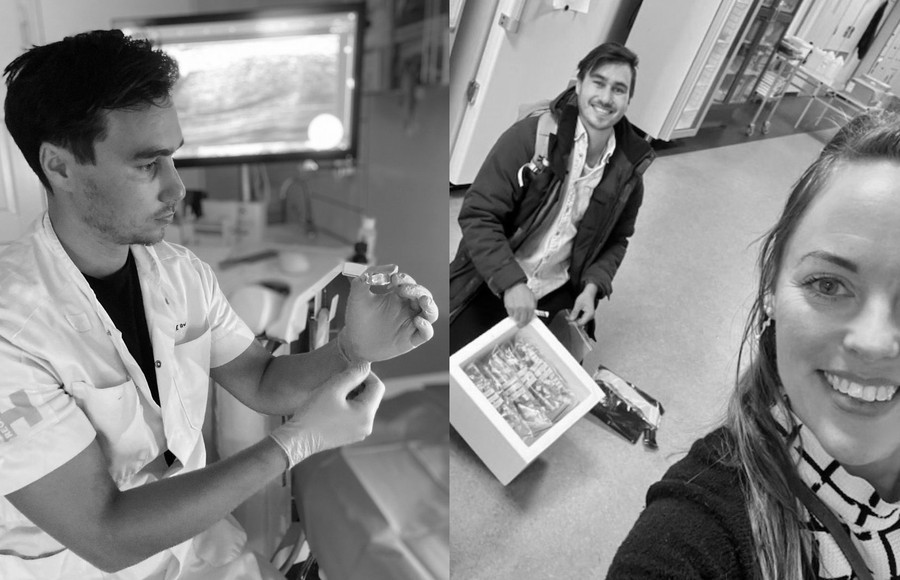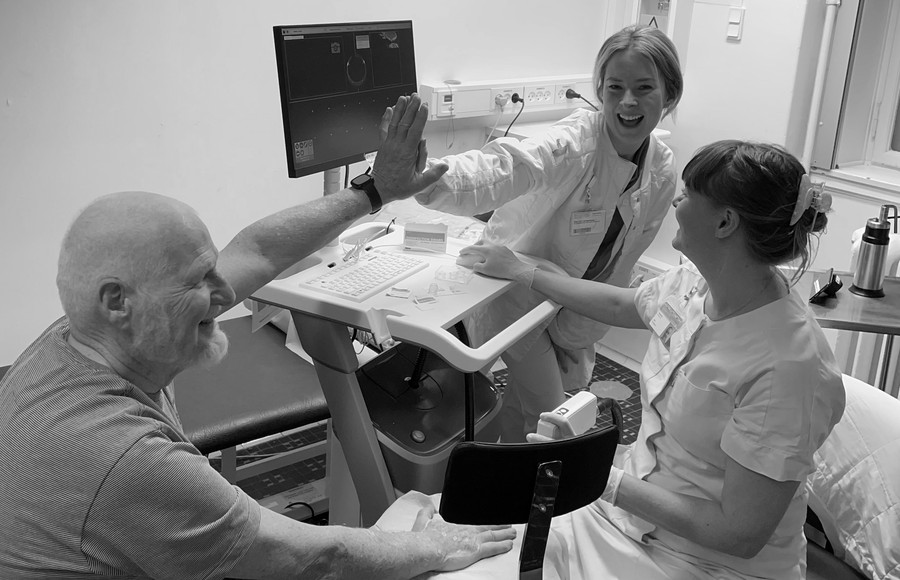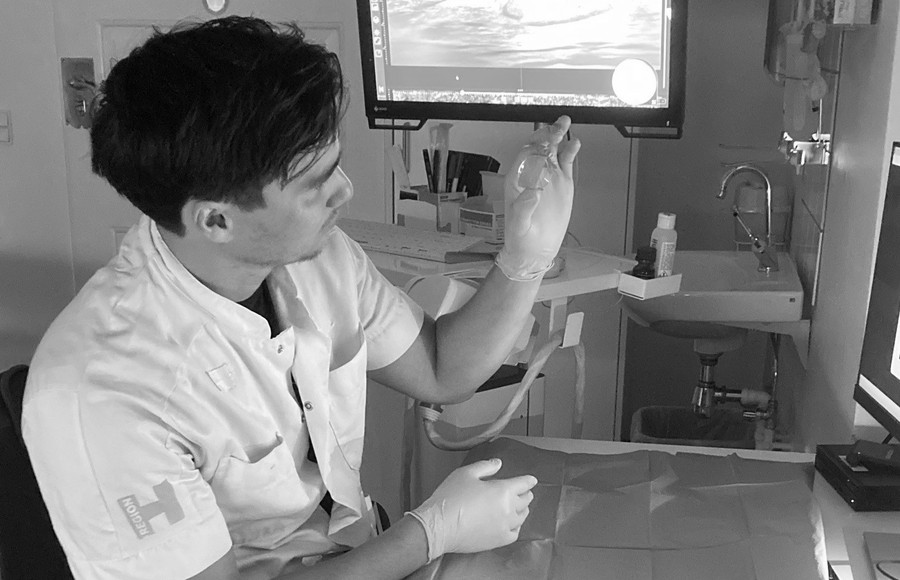New research: Can cream containing madecassoside and 5% panthenol reduce skin reactions after phototherapy?

Photodynamic therapy, often referred to as PDT, is a widely recognized method for treating skin cancer and its precursors, such as actinic keratoses. The treatment involves applying Metvix cream to the affected skin, rendering the abnormal cells photosensitive. The treated skin is then exposed to light for approximately two hours, triggering a photochemical reaction that effectively destroys the targeted cells.
Following PDT, patients typically experience redness, swelling, and the formation of small sores and blisters over the course of a few days. Recent research initiatives have shown promising results for creams containing ingredients with anti-inflammatory properties in reducing these skin reactions and shortening the recovery period.
A new research project initiated by the Danish Research Center for Skin Cancer in collaboration with La Roche-Posay, looks into the impact of Cicaplast Baume B5+ cream on the post-treatment experience of actinic keratosis patients undergoing PDT. The project is conducted by PhD student Gabriella Fredman and supervised by Professor Merete Hædersdal from the Department of Dermatology at Bispebjerg Hospital in Copenhagen. The study encompasses the participation of 20 subjects - each patient undergoing PDT therapy and subsequently Cicaplast post-treatment for 14 days. All patients are followed for a period of 30 days.
The research study design involves the selection of two symmetrical treatment areas, one of which receives treatment care with Cicaplast Baume B5+ cream after PDT. During the follow-up visits, the participants' skin is carefully assessed for local skin reactions and the overall effectiveness of the treatment.
The primary objective of the research project is to contribute valuable insights into post-treatment care following PDT, which could potentially benefit numerous patients receiving treatment for skin cancer each year.
The study is expected to conclude by the end of 2024, with the results set to be published thereafter.








